Disabled people have a psychological need to be able to move without each time having to ask for help or assistance. Feeling free in their movements is a vital part for them. Because of their reduced mobility, disabled people face difficulties in accomplishing daily activities, such as dealing with administrative tasks, finding and accessing nearby groceries or post offices but also maintaining and creating social networks and participating in the society. With the advent of new information technologies, mobile technologies represent a real opportunity to combat social exclusion as well as to promote accessibility and support daily tasks. They can be a gateway to independent living, mobility, communication, leisure, enabling users to be included in all parts of social life without barriers or discrimination.
FreeMove propose an application that will involve specialists in information technology and localization, specialists from the world of the disabled persons for a specific analysis of their needs, specialists in software development, design and ergonomy, as well as a municipality with its public transport company that will allow the team to test the application on a real territory. The final result of the project will be a flexible and adjustable product. It will be the reference application related to public transport mobility for the disabled people segment in Europe. It pretends to be easily adaptable to a large number of public transport systems and to act as a best practice for data manipulation for the public transport systems as well as for the municipal data management.
1. State of the art
Currently, the presence of mobile terminals with Internet access is a reality. Besides having an Internet connection, these platforms include all kinds of sensors such as compasses, gyroscopes, accelerometers and GNSS, a very good combination to develop applications that can solve the growing needs of disabled people freedom of movement.
In recent years, personal guidance systems have gained special importance; one can find numerous developments in guidance systems, both free and paid, as well as examples of simple implementations of open source systems for tracking routes.
However, these systems use to be oriented to stand alone displacement (excluding the use of public transport information systems), and none of those systems have references to guidance for disabled people. Nevertheless, some applications designed for disabled people exist, but most of them at experimental stages and/or for very local and specific needs1, without being developed thinking globally to be interoperable and easily replicable.
With the advent of relatively low cost devices and the technology to implement these guidance systems, it is expected that the number of applications increase rapidly in this area, taking account of the costs reduced for development, as well as the wide range of users. A last and important point to be added to the benefits of the new mobile terminals is their great capacity of ergonomic customization. Depending on the end-user disability or needs, a Smartphone enables changing the keyboard display (size, colors,…), a mobile phone has also the possibility to vibrate (useful for visual impaired people), to recognize the voice of the end-user writing what they say on the screen, to tell by a voice what is displayed on the menu. And to this versatility of customization improving the ergonomy, cheap and practical complements can be added to improve even more the ergonomics of the Smartphones: headsets (also wireless), free hand microphones or extra batteries (for a longer autonomy). Ending with this part, note that the very near future promises interesting wearable devices that can include FreeMove application like Smartwatches or optical head-mounted display computer,… Some of these new devices will open the augmented reality technology to disabled people.
2. Objectives
The main objective of FreeMove is to develop an integrated application to increase the autonomous movement of disabled people in European cities. Only a quarter of disabled people found travelling about very easy, and three in ten found getting about difficult or very difficult2. FreeMove aims a 70% of good acceptation by the end-users testers in terms of reliability and effective manipulation of the application.
FreeMove aims to achieve an acceptable level of positioning accuracy and integrity. FreeMove will warn the user if there is no integrity of the service, and reach an urban environments accuracy within a 5-meter, 90% of time.
a. Derived objectives
-
Economical benefits
o Relieve assistance for the disabled person.
o For the disabled people daily life.
A report3 states that among disabled people who had to leave work for reasons related to their impairment, a proportion said that they could have remained in paid work if it had been easier to get to their place of work. The same report also states that 42% of disabled people thought that improvements to public transport accessibility would make them earn money.
o Better and more mobility for disabled people will improve their shopping potential, and then benefit the local commerce. -
Create a compendium of guidelines for improving access of disabled people to transport and other services in urban areas. Those guidelines produced during the project will be useful for future developers to create other helpful applications.
-
Increase the general well being of disabled people
FreeMove will open barriers to participation in social activities, community involvement, increase education and learning access. -
Environmental.
The decrease of assisted transport will result in a reduction of CO2 emissions. FreeMove aims to decrease by 50% the assisted transport of disabled people. -
Improve the image of public transport companies.
3. Expectations – impacts
The main project objective is to develop an innovative application for guiding disabled people in public transport from sensors available in standard mid-range Smartphones. To guarantee a successful implementation, FreeMove will promote other ways of displacement through European cities. It will become an indispensable application for any city that claims to be a Smartcity. The resulting application will certainly interest public transport authorities or companies and promote the FreeMove application in their available services. Public transport authorities who don’t have the needed accuracy of their vehicle fleet or a lack o time-space sensors, will certainly consult the FreeMove project. Public transport companies and/or municipalities will be the most likely clients of the application. Freemove will also indirectly generate socio-economical benefits for the social security by relieving them of some costly transport services.
Although FreeMove does not pretend to work exclusively with Open Data, it will promote it as much as possible. As a result, much interested municipalities or public transport companies will surely turn their non open datasets to open data to ease the process of implement the application. That means that other data re-users developers will be able to work with those Open data which will result in an increase of dynamism around it and them more work positions.
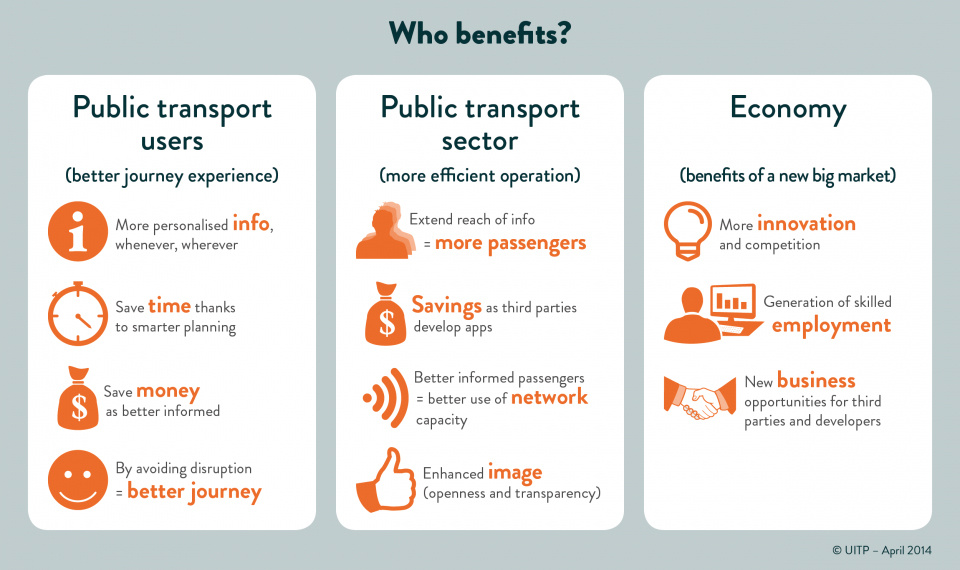
Figura 1: Benefits of FreeMove Uitp, 2014.
4. The Consortium
This consortium is composed by organizations specialized in disabled people, a small-medium enterprise (SME) developer specialized in geoinformation and location-based services, a SME developer specialized in design and Smartphone applications and a municipality, including its public transport offices that will exchange and analyze the input data and test the application service.
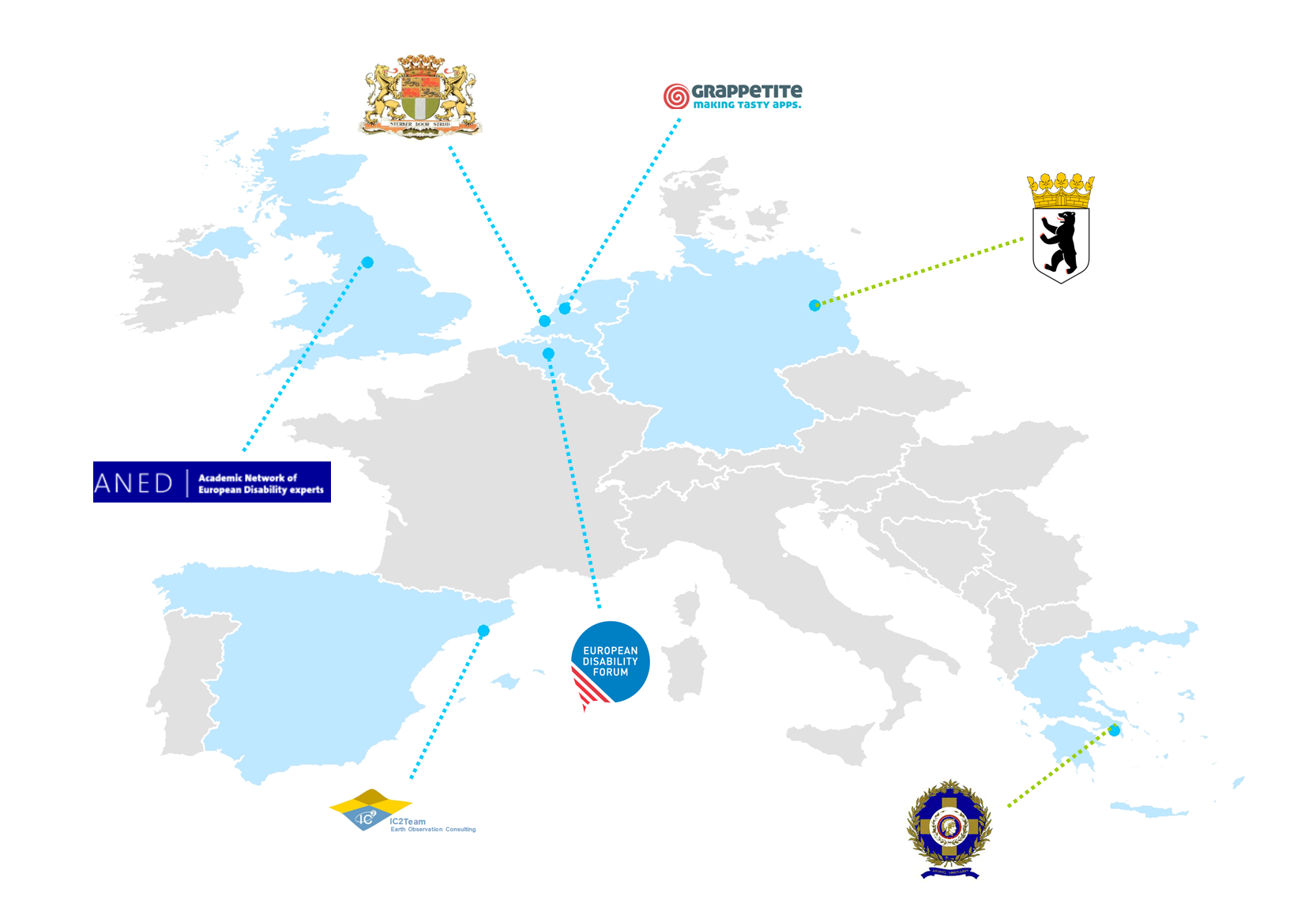
Figura 2: Partners and followers localization.
FreeMove will be implemented by an international consortium composed of five partners with specific and complementary expertise, approaches and interests in order to span all the topics of the project. The consortium will be composed by the three fundamental pillars needed for the good running of the FreeMove project: Developers, disabled people specialists, cities with their public transport operators and, to unify knowledge and expertise of our consortium, an academic research network with experience in all referred to disabled people. Meeting the needs of the end-users was at the core of the project. This is the reason why associations for disabled people will be involved all over the project duration.
The first actor, the developers are needed to technically build up and implement the application. The consortium includes two small and medium size Companies (SMEs) specialized in Smartphone applications, transport and location-based-services. One of them is the project coordinator. Developers will be in very close contact with the disable specialists after having shared the knowledge of the expert university. Finally, after being tested in the partner city, the FreeMove application will be also tested in a neutral environment in the two European follower cities.
5. Implementation
The FreeMove work plan is straightforward and simple: it combines several work packages where each of them, apart from the first one, is build on the efforts of the previous one. The first Work package (WP) is heading all the others and the others depend on the previous ones: The WP2 seeks the end-users needs while another team analyses the state of the art. With the gathered information, the project team will start to study the best and newest technical possibilities in WP3 to develop the application while the designers and the disabled person specialists will focus on the architecture of the future application, in WP4. Then, when the first prototypes made, the application will be tested until reaching real situation tests (WP5). Finally when the FreeMove application will be ready, the final work package (WP6) of dissemination and exploitation will play a key role in the project by letting know the innovative application to the as large as possible audience. That WP6 will also present how the results will be exploited.
The simplicity of this structure, where each WP builds on the efforts of the previous, will make project management easier (by providing clear responsibilities and assessment of progress) and thereby help reduce the risks involved in completing the project successfully.
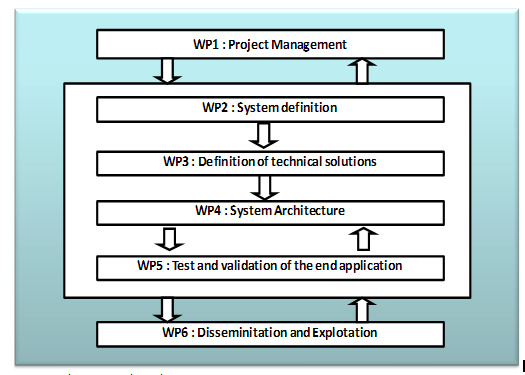
Figura 3: Work Packages.
The small number of work package leaders combined with the FreeMove coordinator’s strong experience will help ensure that the project is efficiently managed, develops high quality deliverables, and is successfully completed on schedule and within budget.
6. Work packages descriptions
a. Work Package 1: Project Management
WP1 will ensure effective and efficient management of the project and provide strategic and daily management to obtain the highest quality results possible within the project deadline and budget. WP1 will also ensure the quality of work including deliverables; to track technical and financial risks to the project and manage the response to ameliorate them.
b. Work Package 2: System definition
The objective of this Work package is to provide an overview of relevant state of the art in the respective fields upon which the project will base the research and valorization activities planned in the next months.
c. Work Package 3: Definition of technical solutions
This Work package will review the existing platform of Smartphone operating systems and their possibilities. It will compare the different development environment as well as the potentiality of the available most common Smartphones and tablets. It will also review the near future possible improvements, to be aware of some new technologies coming through during the project: potential of more accuracy with the Galileo constellation, better sensors or new coming sensors.
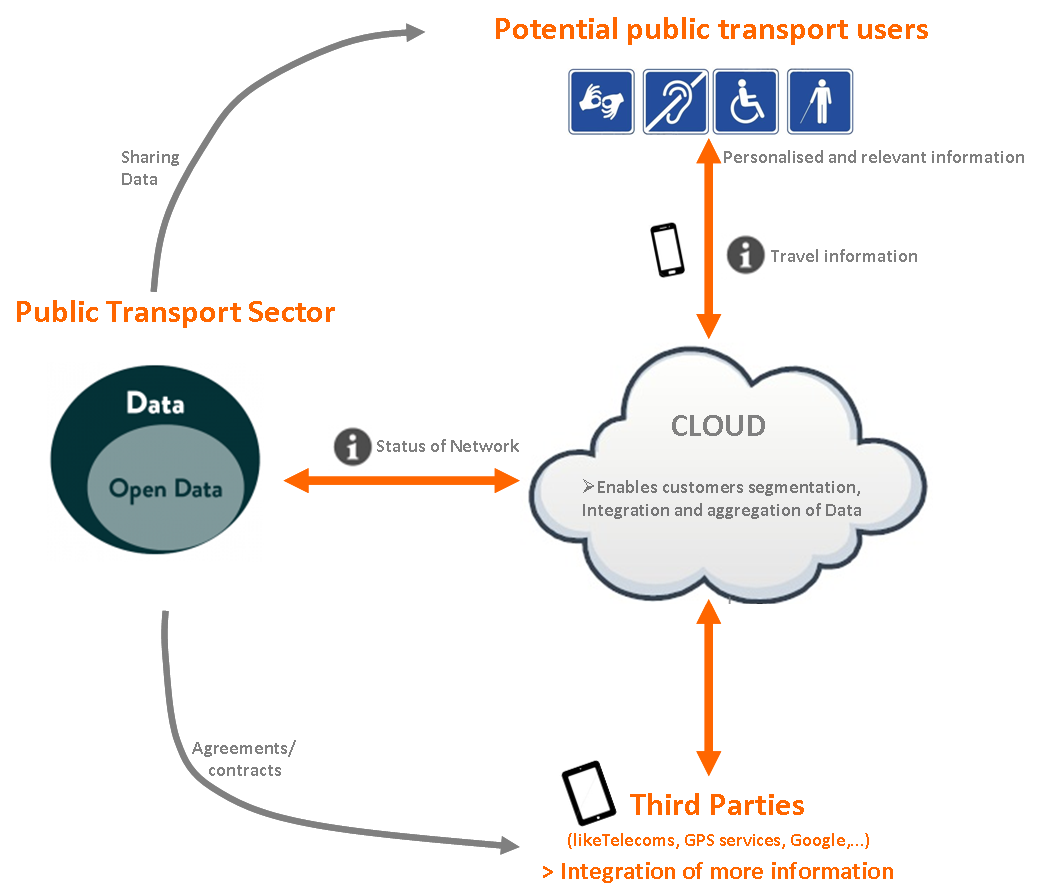
Figura 4: FreeMove basic architecture.
To set integrity and improve accuracy in FreeMove, this WP will use results of Seventh Framework Programme project called POSTO . POSTO is a project that aims to supply the methodology and the software libraries required for the design and development of GALILEO/EGNOS-based mobile positioning applications, targeting SMEs who are seeking to develop positioning applications for Smartphones by exploiting the full potential of the GALILEO/EGNOS benefits.
d. Work Package 4: System Architecture (Leaded by Grappetitte)
The function of this Work package is to design the system architecture that addresses the user requirements and integrates the work done by all other partners into a toolbox that is usable by the end users. This work package will be the technological core of the project. In this WP, all the software modules, the database structure and the third parties intervenient will be set up to fit into the FreeMove application. The developers will effectively program, design and built the application. At the end of this Work Package, a deliverable with all the technical specifications will be prepared.
e. Work Package 5: Test and validation of the end application
In this Work Package, the consortium will effectively implement the pilot application, and later the final application. The test will be implemented in three culturally different European cities. The objective of the WP5 is to let a determined number of disabled people do a trip through the three cities, using FreeMove. The trip will consist in an at least two changes of public transport vehicles and the need to walk at least 15 minutes. For the application to be satisfactory, the chosen disabled people must show adequate degree of satisfaction.
f. Work Package 6: Dissemination and Exploitation
This WP is divided in 2 parts:
Disseminate the advance and the results of this project
Dissemination of project results is a very important task of this work package. Information on project activities and results will be made available to users involved in the project and to other potential users, and to the general public throughout the project.
Determine the conditions and strategy for the commercial deployment of FreeMove
The exploitation of the FreeMove project will be another vital task of the work package 6. In this WP, exploitation aims to study the different alternatives of potential business plan for FreeMove.
7. Management structure and procedures
The FreeMove management structure is centered on three core components: project Coordinator, work package leaders and the General Assembly.
A diagram of the management structure is presented below and described in more detail in the following paragraphs:
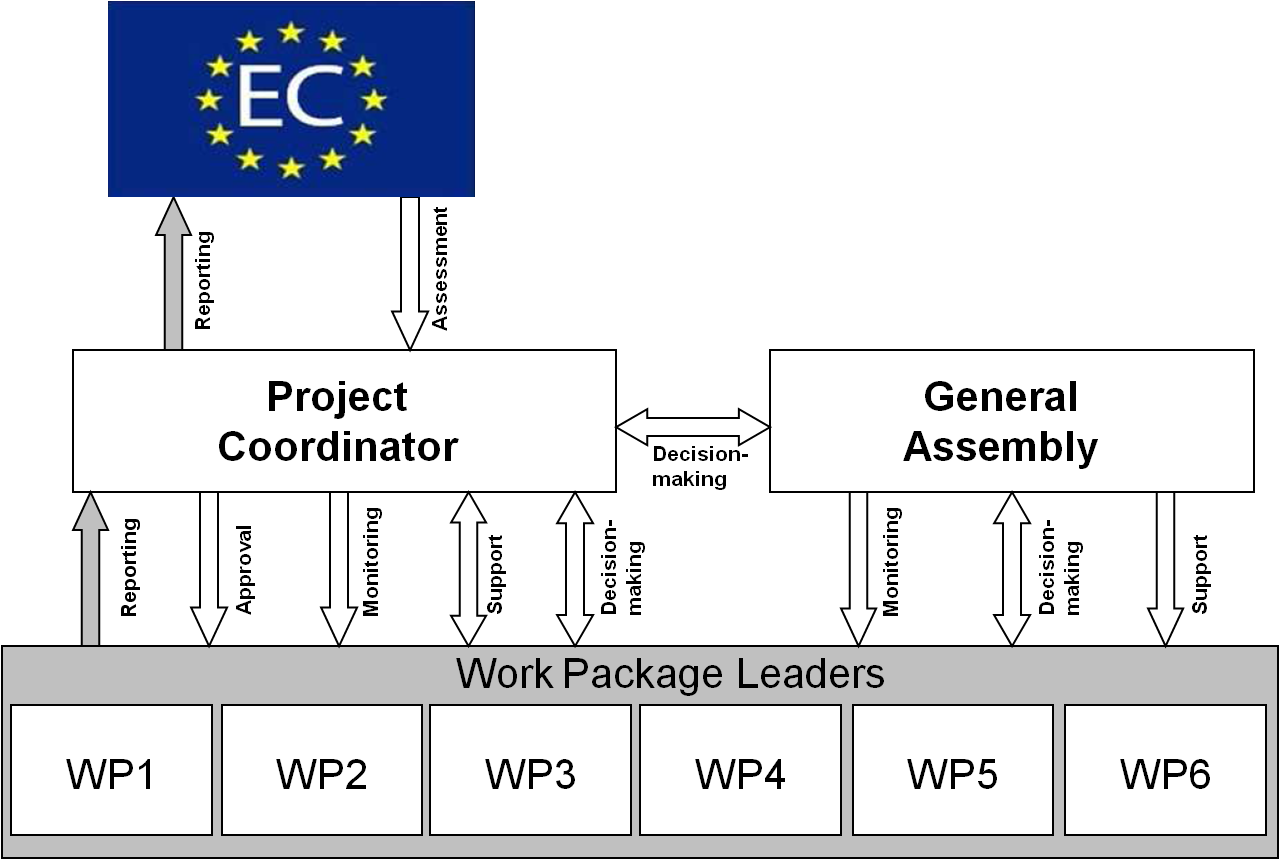
Figura 5: Management structure.
a. Project Coordinator
The project coordinator is responsible for both the technical and administrative project management. The project coordinator is responsible for all aspects of administrative management.
Administrative management consists of addressing the day-to-day issues that arise in the project. It is designed to help guarantee a smooth work flow within the project. Administrative management includes project scheduling and coordination, communications (at all levels: EC, intra team, public), organizing and managing the project’s central record keeping system (including technical findings and financial records), producing regular financial and progress reports, and closely monitoring project progress (for all partners).
Administrative and financial co-ordination is a basic need of all projects to ensure compliance with the Commission’s rules (e.g. contractual and financial issues, deadlines) on one hand and to coordinate the work of the partners (e.g. contracts, cooperation and communications, document delivery) on the other hand.
b. Work Package Leaders
The work package leaders should support the project coordinator in all project management activities. They coordinate and supervise the tasks carried out under their work packages, interacting with other work packages as required. They are responsible for the set of activities assigned to them in the work plan, and are in charge of the corresponding reports and deliverables.
c. General Assembly
The General Assembly is the decision-making body of the Consortium and consists of one representative of each Party. Each Member shall be deemed to be duly authorized to deliberate, negotiate and decide on all matters listed in the Consortium Agreement. Any Member should be present or represented at any meeting, may appoint a substitute or a proxy to attend and vote at any meeting and shall participate in a cooperative manner in the meetings.
8. Estimated cost of the project
Finally, here is a short summary of the cost of the project: the total resources needed for FreeMove are 498k€ and the EC contribution is 374k€ (75.0%). The total effort is 111 Person Months (PM) which mobilizes the necessary critical mass for a successful completion of the project. This amounts to an average cost of about €4166 per person month including all indirect costs.
The resources are divided as follows: direct and indirect personnel costs constituent 92% of the total costs, 8% are budgeted for other costs. ‘Other direct’ costs include equipment and material, translation services in 3 European languages (German, Greek and Dutch), costs for the hosting of meetings, costs for dissemination activities such as the organization of workshops, the setting up and maintenance of the FreeMove web site, costs related to dissemination materials (flyers, posters, etc.), and travel costs.
Notes
- [1] BusAlert App (Sao Carlos, Brazil), Ldn Access App (London, Uk), Smartphone App that Help the Hearing Impaired Use Public Transportation (Hiroshima, Japan).
[2] Report “Improving the life chances of disabled people”, PMSU (2005).
[3] Report “Improving the life chances of disabled people”, PMSU (2005).
[4] http://www.posto-project.eu/index.shtml.


